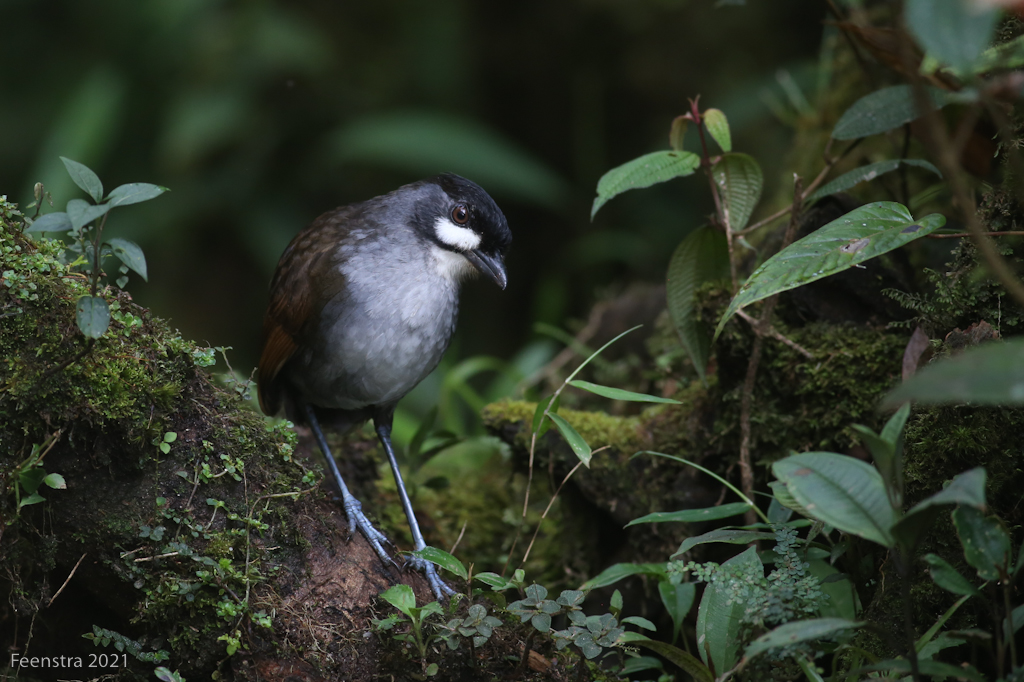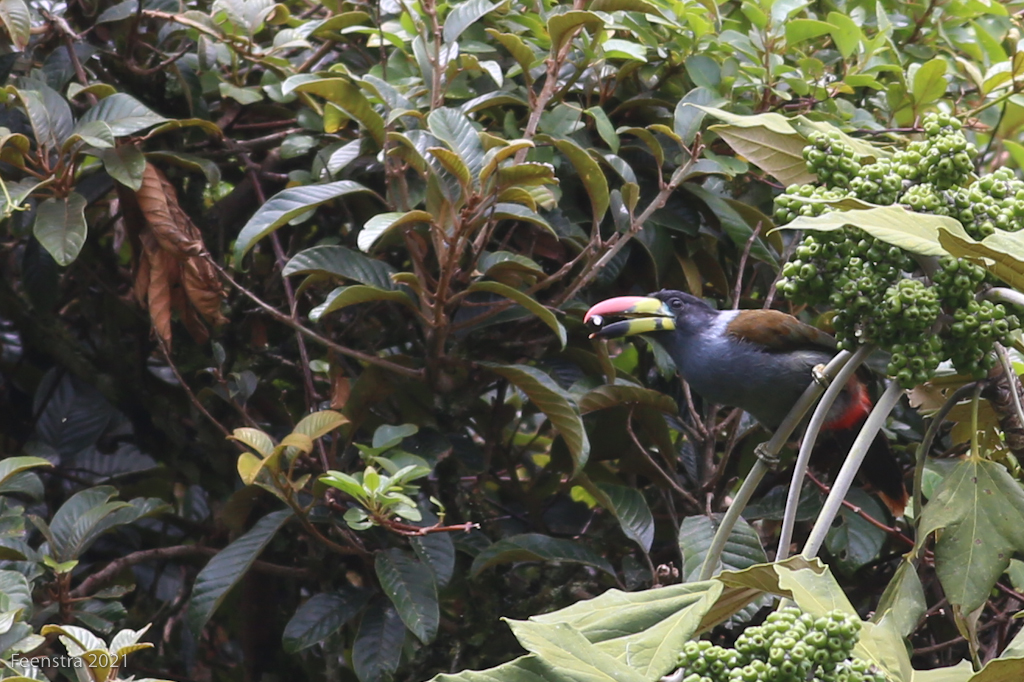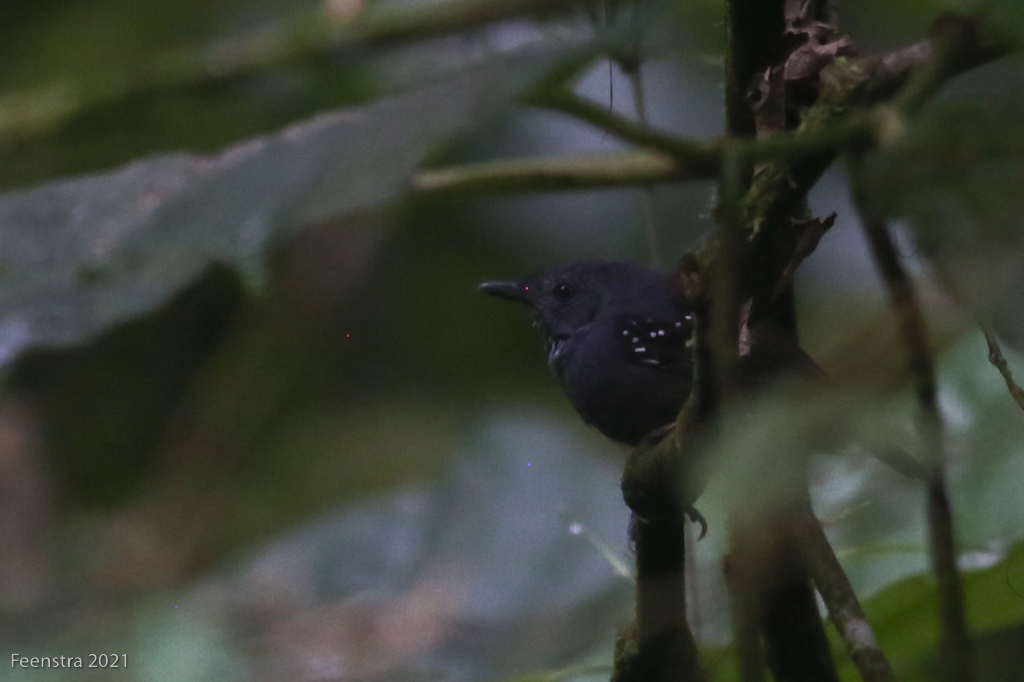Jon Feenstra reports from southern Ecuador
This was my first time out of the country (or Southern California) since the onset of the pandemic and only my second trip away from home, so it was excellent to get back on the road again to southern Ecuador of all places, perhaps my favorite place to bird on the planet. I was joined by 7 equally eager birders. We enjoyed a marathon 16 days of birding, 517 bird species, and all of the parks, reserves, and great lodges that were happy to be back in business.
Southern Ecuador is a trip of extremes through elevations high and low, rainforests, deserts, tropical deciduous forest, paramo, mangrove forests, wetlands, and the expected diversity of birds that such a diversity of tropical habitats bring.
Here the group walks through the paramo of Cerro de Arcos, the isolated home of the Blue-throated Hillstar, a hummingbird only first discovered by birders in 2017.
 We not only got to see the Blue-throated Hillstar quite close on its favored perch, we watched it feed on its obligate chuquiragua flowers and buzz around its territory.
We not only got to see the Blue-throated Hillstar quite close on its favored perch, we watched it feed on its obligate chuquiragua flowers and buzz around its territory.

Though the trail was a long muddy slog, we got up into the deep forest of the Tapichalaca Reserve to see perhaps the most famous bird in southern Ecuador, the spectacular Jocotoco Antpitta.

Gray-breasted Mountain-Toucan is another big, wild-looking thing of the high country. This one came in quietly and gave us a great view.
 Lower down, Amazonian foothill specialties like this Foothill Stipplethroat intersected our birding travels in the lower Cordillera del Condor, an isolated tepui ridge along the Peruvian border. With the help of GPS, we found that the road actually crosses unmarked into Peru for about 500m, so we took the opportunity to stop and add some birds to our Peru list.
Lower down, Amazonian foothill specialties like this Foothill Stipplethroat intersected our birding travels in the lower Cordillera del Condor, an isolated tepui ridge along the Peruvian border. With the help of GPS, we found that the road actually crosses unmarked into Peru for about 500m, so we took the opportunity to stop and add some birds to our Peru list.
I was having too much fun watching things, so missed photo opportunities of some of the other highlights like Long-wattled Umbrellabirds on their lek, an Orange-throated Tanager glowing in the fog, Horned Screamers shuffling around, or the Watkin’s Antpitta nonchalantly poking around in the leaf litter. It was great to be back!
